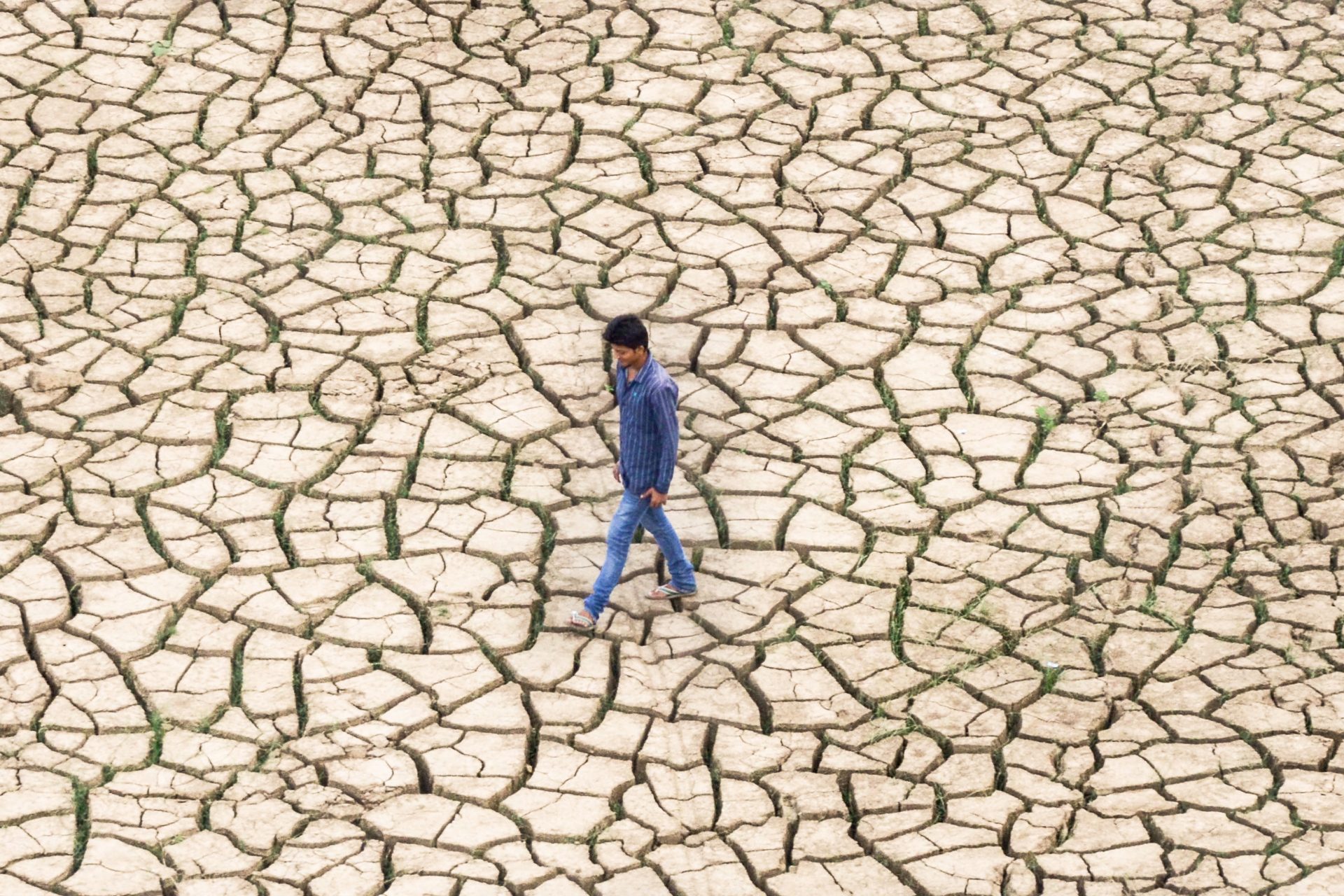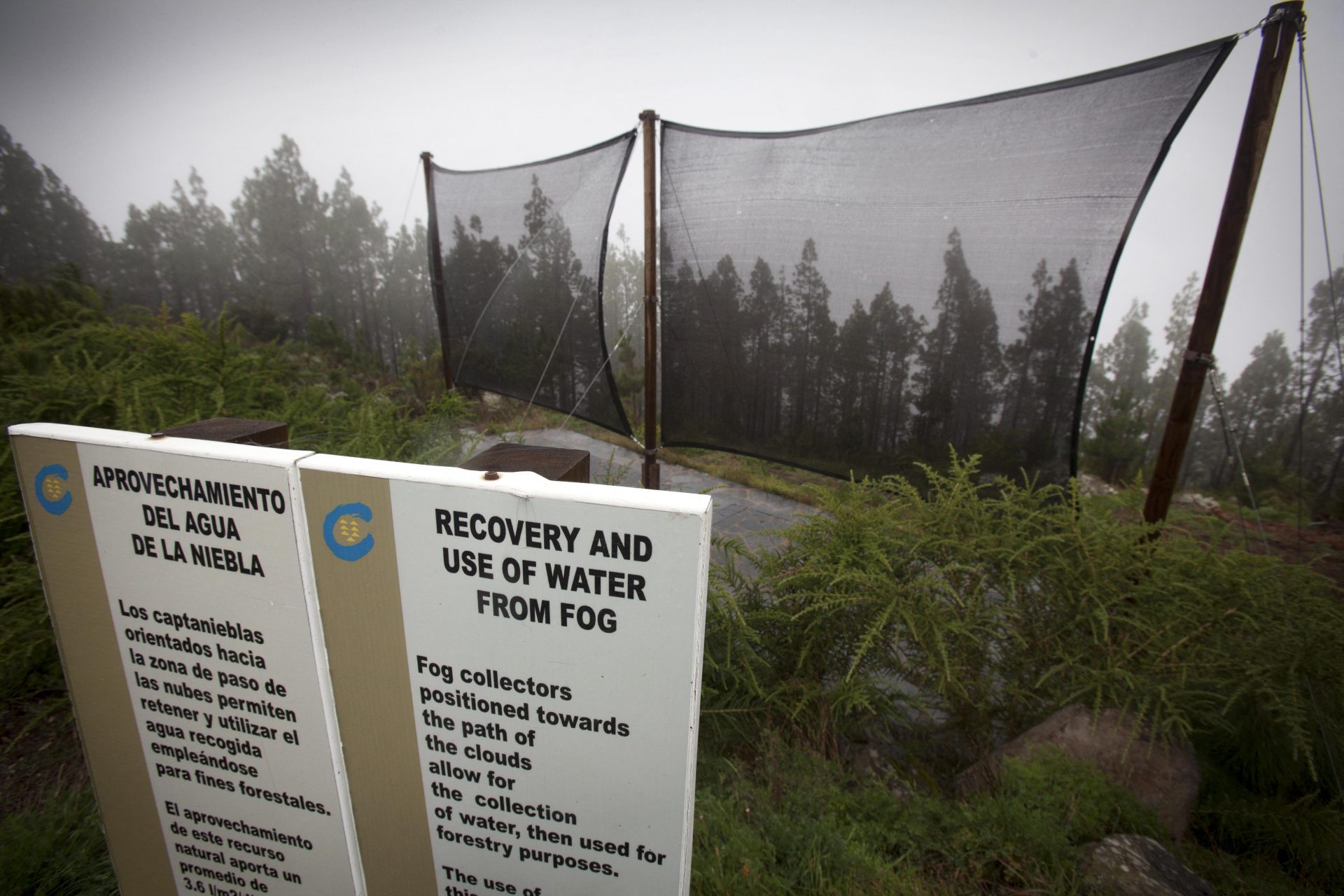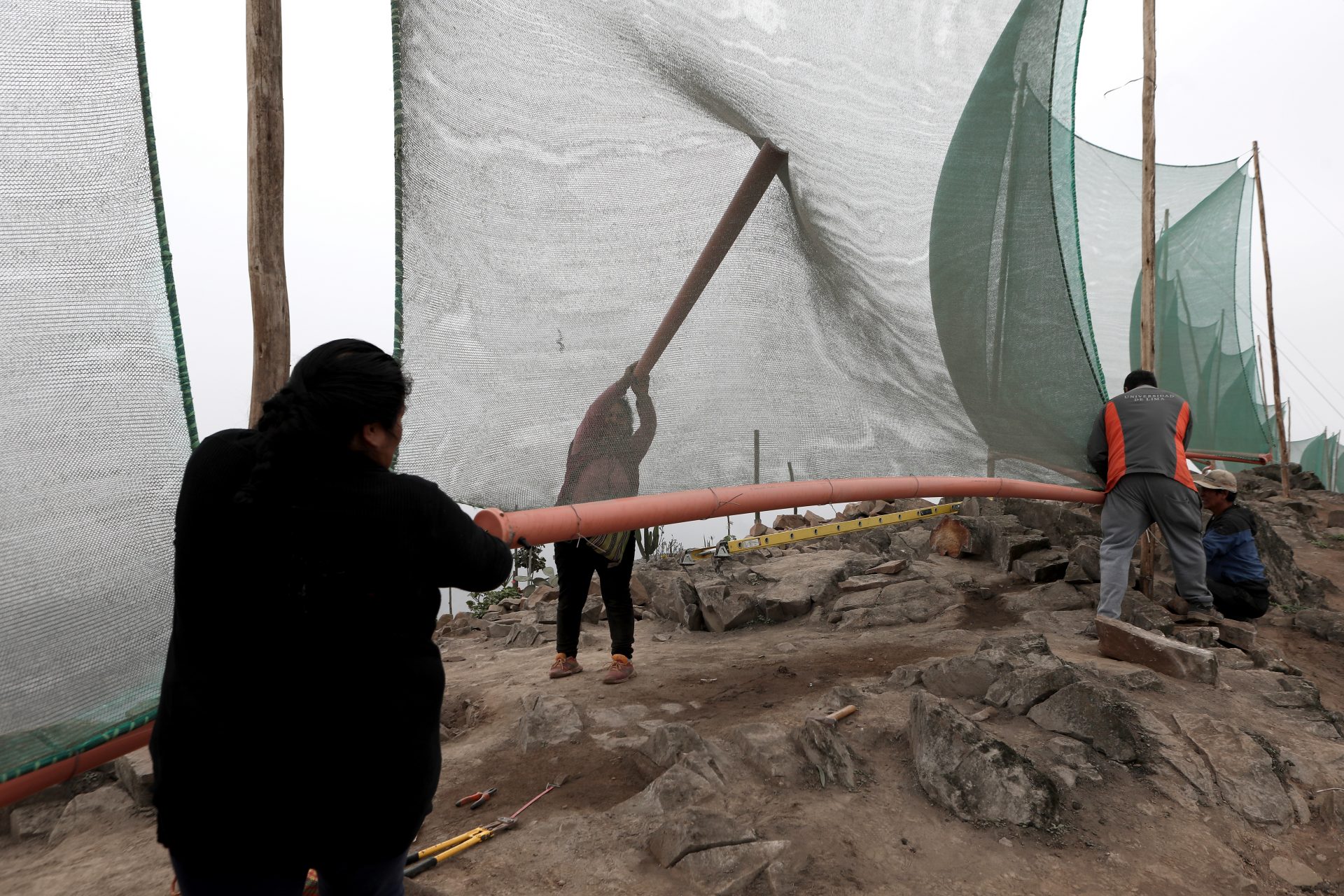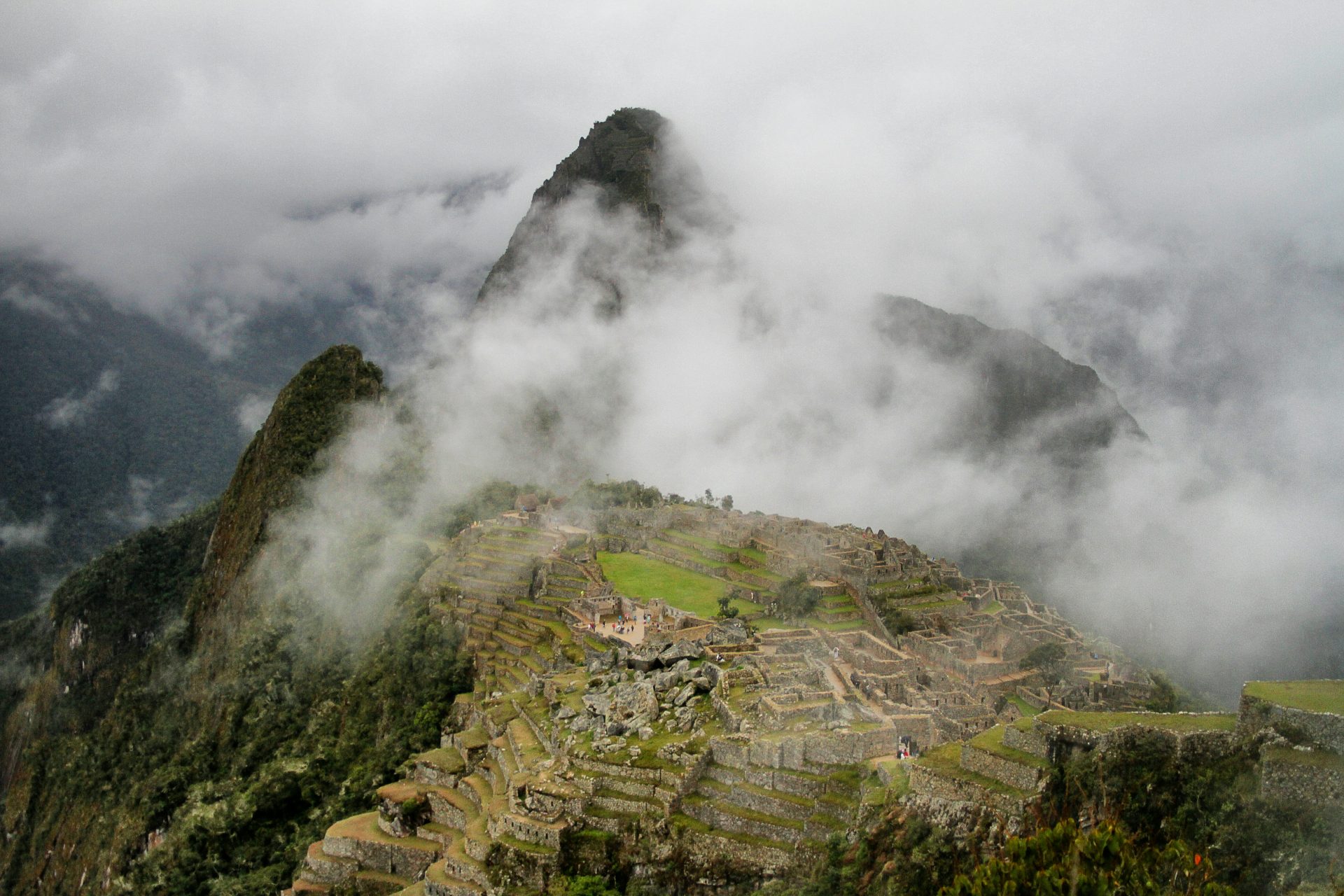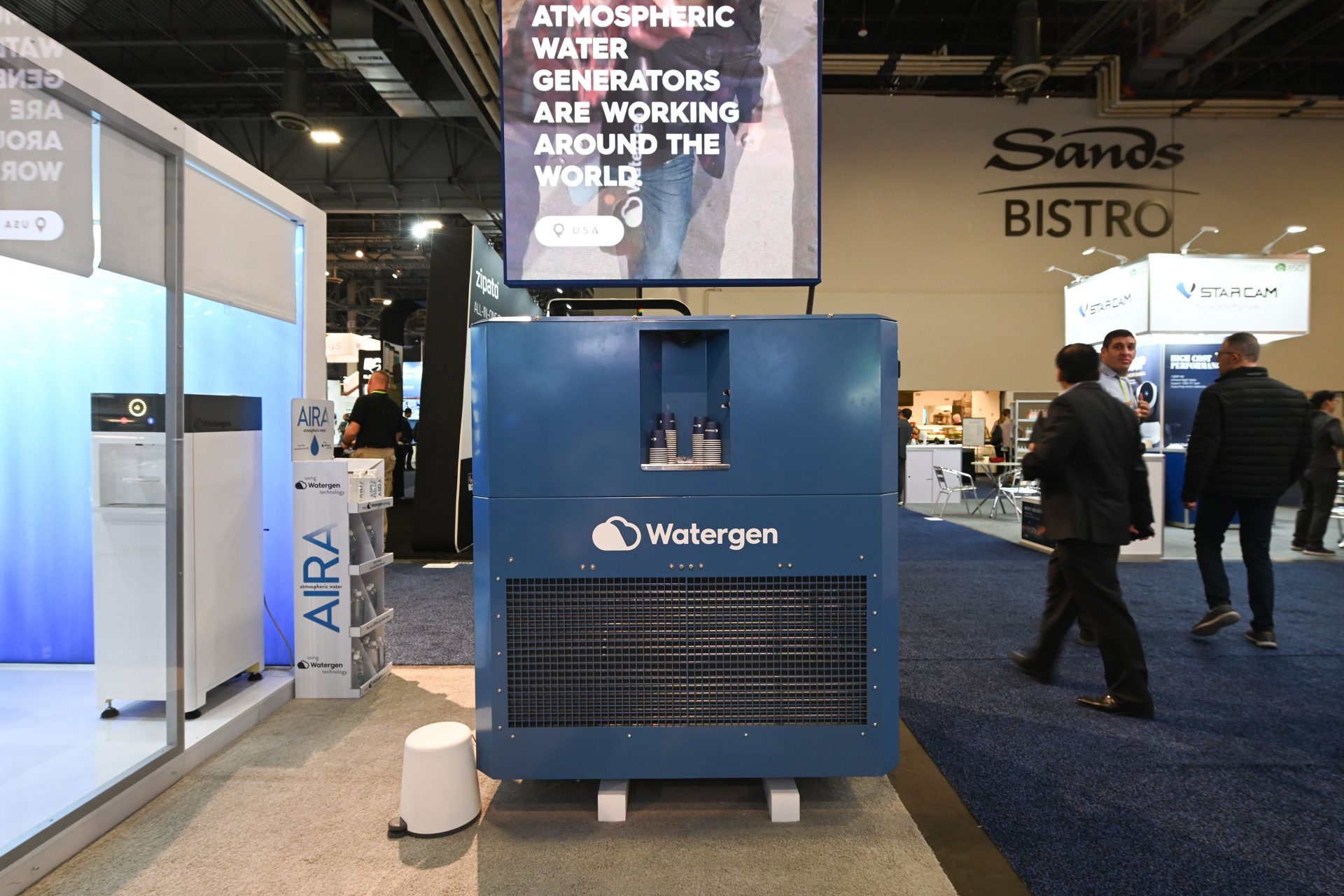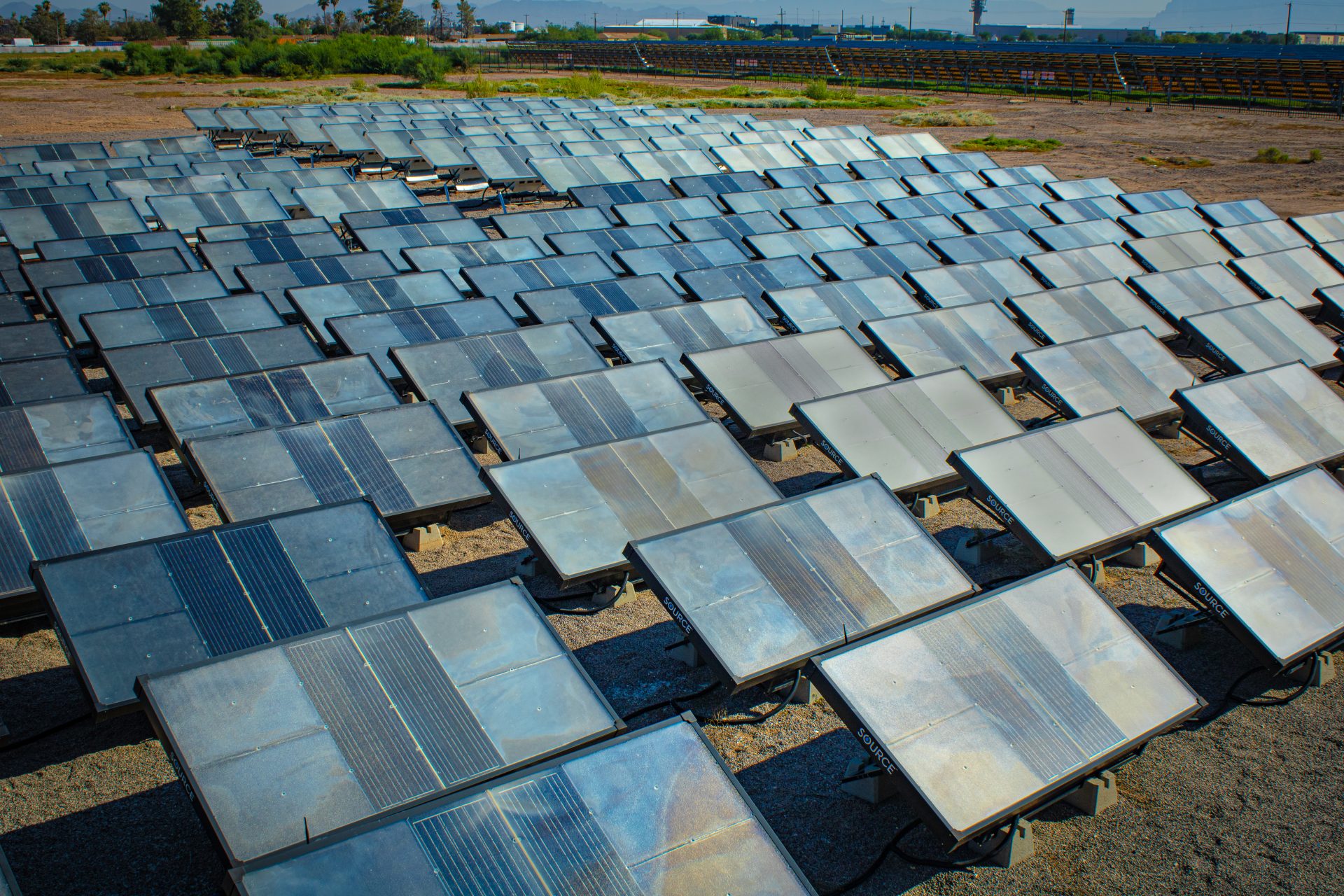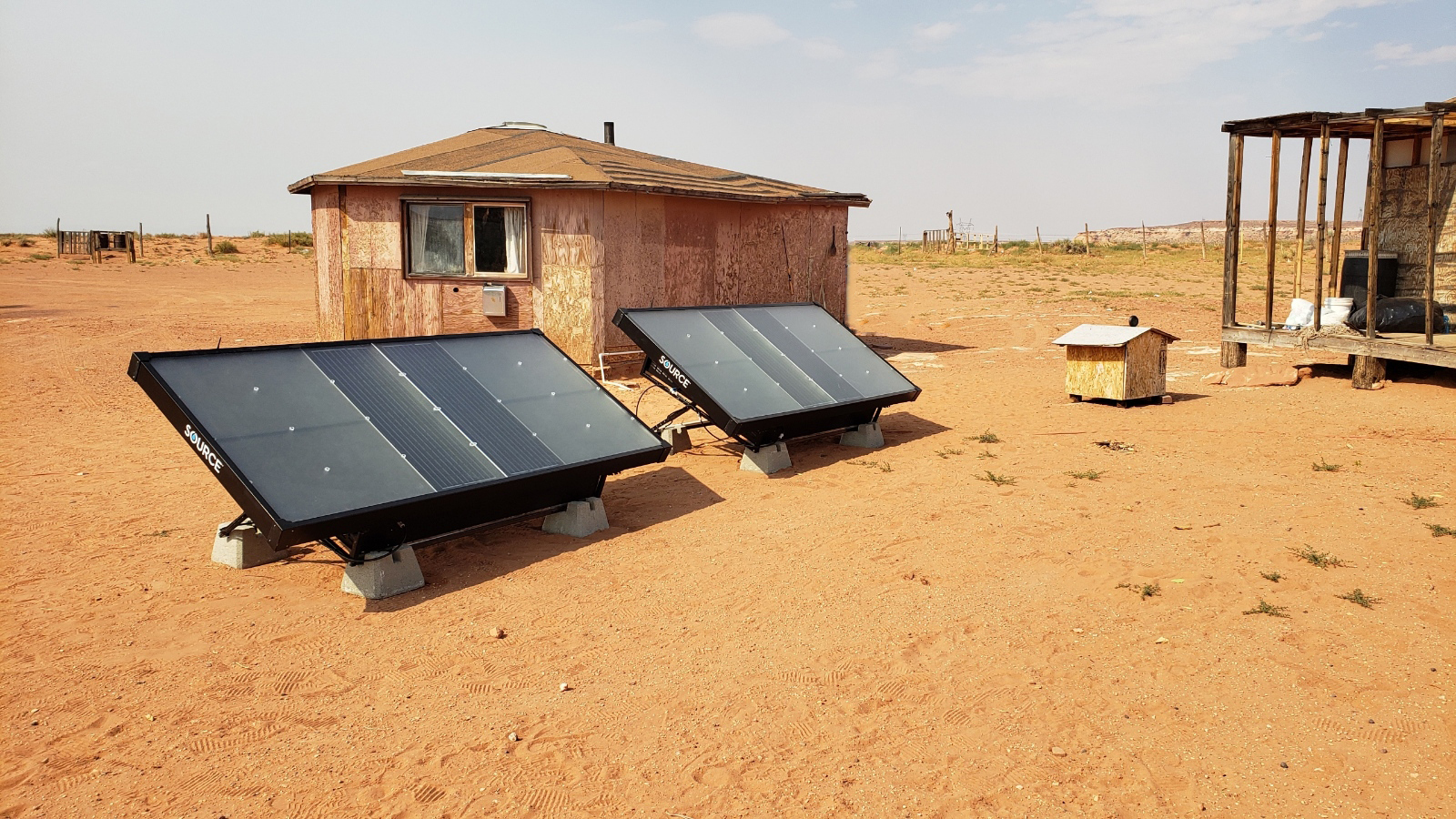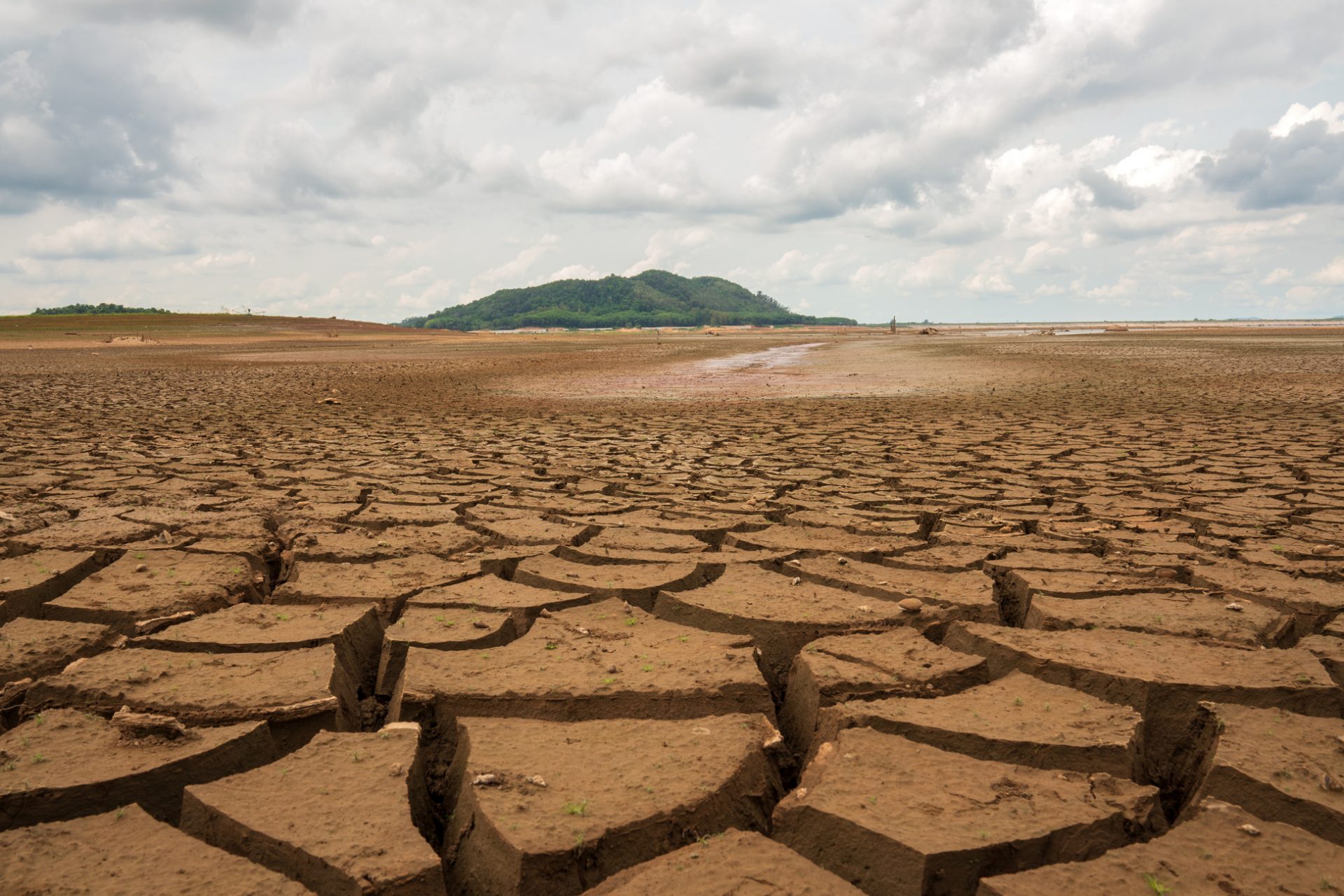Water out of thin air is now a possibility to fight climate change
Some experts speculate that water will be one of the most sought-after resources in the upcoming decades. However, scientists and entrepreneurs have been using an ancient technique to deal with a new problem.
According to UNICEF, more than two billion people lack adequate access to water. A number that will probably go up in the following decades due to climate change.
Droughts, pollutions, the depletion of water sources, melting glaciers, and many other factors put our water resources at risk. However, not everything is lost.
Fog nets could be the solution. These are panels that absorb moisture from the environment that is then condensed into drinkable water.
It might sound very scientific but, as the BBC points out, this is a technique that has been used before by the Incas in Peru, among other places in Africa and South Asia.
Scientific journal Nature published a paper written by Michael Eisenstein that highlights that collecting water from the atmosphere could help sustain communities that have limited access to fresh water.
“There are already several commercially available systems. In mountainous, foggy regions, it is possible to literally cast a net to collect water from ever-shifting cloud masses,” writes Eisenstein for Nature.
Image: mybibimbaplife / Unsplash
However, the current use of this technology is not limited to the mountains of Peru. German news agency DW reports that coffee machines and water coolers that self-replenish from the humidity in the air are a reality in places like India.
These machines, called atmospheric water generators, have become a booming venture in South Asia, with the demand ranging from communities with water shortages or large companies seeking green alternatives to get their supply.
DW highlights that these machines not only help to alleviate places where water can be scarce, it also reduces the need of using plastic bottles, reducing plastic waste.
According to the BBC, business is booming as the thirst for water out of thin air grows. Source Global, one of the companies focusing on making hydropanels, has a presence in over 50 countries and a worth of over one billion US dollars.
Image: Water farm at Arizona State University / Source Global
Based in Arizona, panels made by Source Global cost about 2,000 US dollars and allegedly can last 15 years, producing about five liters (one gallon) of water per day.
Image: Souce Global hydropanel / Source Global
The Guardian reports that these panels are being used by native communities in the US Southwest to tackle the lack of plumbing and water sources in the area.
Image: Water farm at the Warm Springs Native Reservation in Oregon / Source Global
Over 500 Navajo homes in Arizona and New Mexico already possess hydropanels with more expected to come.
Image: Hydropanels at a Navajo community / Source Global
However, The Guardian points out that some experts are skeptical about how much can this technology help communities in need of water.
Unless the water produced out of thin air grows in quantity and reduces in cost, tap water will remain the top choice for the time being.
More for you
Top Stories




